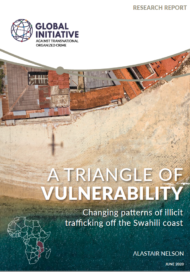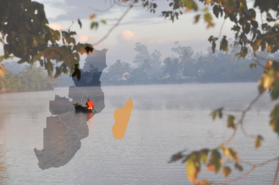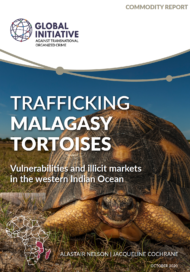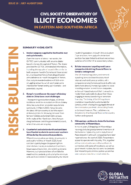Posted on 15 Jun 2020
A triangle of vulnerability for illicit trafficking is emerging as a key geographic space along Africa’s eastern seaboard – the Swahili coast. At one apex of this triangle is Zanzibar, a major hub for illicit trade for decades, but one that is currently assuming greater importance. Further south, another apex is northern Mozambique. This area is experiencing significant conflict and instability, and is increasingly a key through route for the illicit trafficking of heroin into the continent and wildlife products from the interior. The final apex of the triangle is out to sea: the Comoros islands, lying 290 kilometres offshore from northern Mozambique and north-east of Madagascar. Comoros is not yet a major trafficking hub, but perennial political instability and its connections into the wider sub-regional trafficking economy make it uniquely vulnerable as illicit trade continues to evolve along the wider Swahili coastal region. These three apexes are linked by illicit economies and trade routes which take little heed of modern political boundaries.




